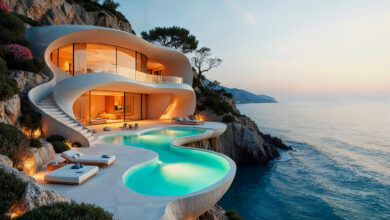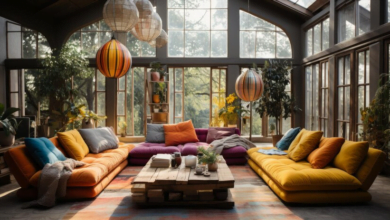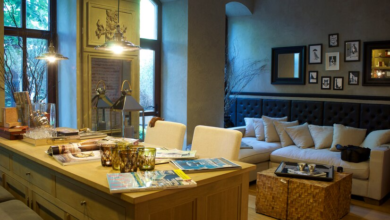
Ever walked into a room and felt an overwhelming sense of peace wash over you? Or perhaps you’ve marveled at how effortlessly every piece of furniture, every color, and every texture seem to complement each other in a space? If so, you’ve experienced the magic of harmony in interior design. But what exactly is this harmony all about, and how can it shape a space with perfect balance and beauty?
In this post, we’ll guide you through the concept of harmony in design.
What is Harmony in Interior Design?
Harmony is a key principle in interior design, along with its partner, unity. They are the building blocks of good design. Harmony is like the perfect melody in a song – it brings together various elements in a space to create a cohesive and pleasing whole. Just as a composer carefully selects notes and rhythms to create a specific mood, an interior designer orchestrates colors, textures, furniture, lighting, and accessories to achieve visual balance and unity.
Elements of Harmony
Just as harmony is a key element of interior design, similarly, several elements make up the term ‘harmony’.
Achieving Visual Equilibrium
One of the fundamental aspects of harmony in interior design is achieving visual equilibrium. This involves distributing visual weight evenly throughout a space to avoid any single element overpowering the rest. Think of it like a seesaw: if one side is weighed down with heavy furniture and dark colors while the other side remains empty and light, the balance is disrupted, resulting in a discordant space.
To create harmony, consider the visual weight of each element in the room. Large pieces of furniture, bold colors, and detailed patterns usually draw more attention, while smaller pieces, neutral hues, and simpler designs are more subtle. By arranging these items thoughtfully, you can achieve a sense of equilibrium that promotes harmony and coherence in design.
Unity in Diversity
Another important factor for creating harmony in interior design is unity- tying various elements together smoothly to form a cohesive whole. Unity doesn’t require everything to be an exact match; instead, it focuses on identifying shared characteristics that bring different elements together.
Think about the colors you use in your space. Choosing colors that work well together, like ones that complement each other or are similar, can help create a unified look. Similarly, repeating patterns, textures, or themes can help establish a cohesive theme that ties everything together.
Contrast in Harmony
While unity is essential for creating harmony, a well-placed contrast can add intrigue and depth to a design, making it more visually interesting. Contrast can take many forms, from pairing light and dark colors to mixing smooth and rough textures or combining modern and traditional elements.
When adding contrasting elements to your design, aim for balance and moderation. Too much contrast can disrupt harmony and create visual tension, while too little can result in a dull and uninteresting space. Experiment with different contrasts until you find the right interior design balance that crafts that harmonious space for you.
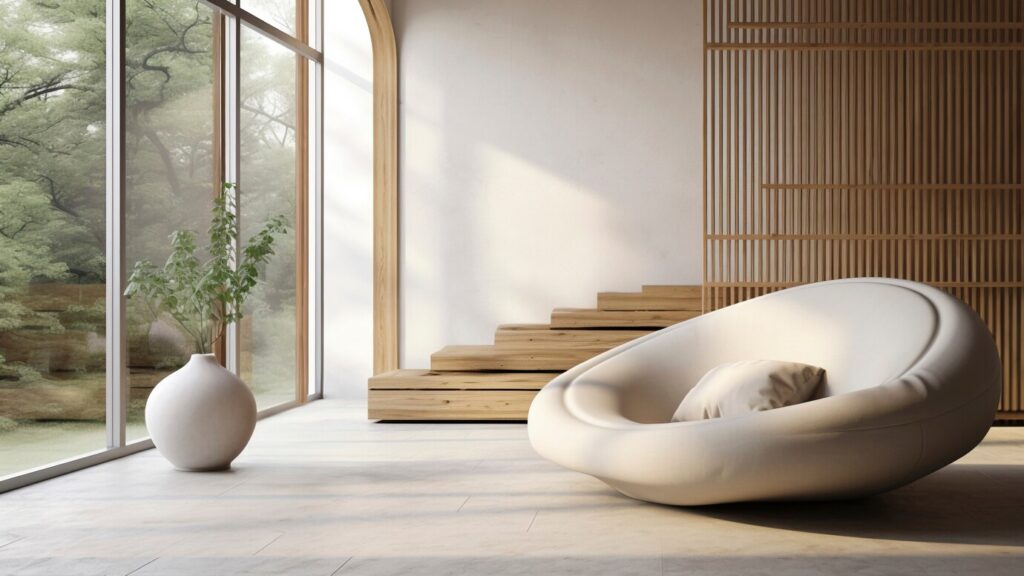
Some Practical Tips and Tricks for a Harmonious Interior
Now that we’ve explored the theory behind harmony in interior design, let’s dive into some practical tips and tricks for creating harmonious spaces in your own home, dorm room, or study area.
1. Start with a Plan
Before diving into any design project, it’s essential to start with a plan. Spend some time defining your vision for the space, considering its purpose, your style preferences, and any budget limitations. Use tools like mood boards or sources like magazines, websites, or social media for inspiration to steer your design choices in the right direction.
2. Focus on Flow
Think about the flow of movement within the space and how each element contributes to that. Place the furniture so that it’s easy for people to navigate and create a feeling of openness and connection. Pay attention to traffic patterns to make sure that pathways remain unobstructed for a smooth and pleasant experience.
3. Connection with the Outdoors
By bringing elements of nature to your design, you can create a feeling of peace and connection with the environment. Adding some indoor plants can give the room a bit of green and promote mental health and well-being. Using natural materials like wood, stone, and bamboo can also make the space feel cozy and interesting, creating harmony in interior design.
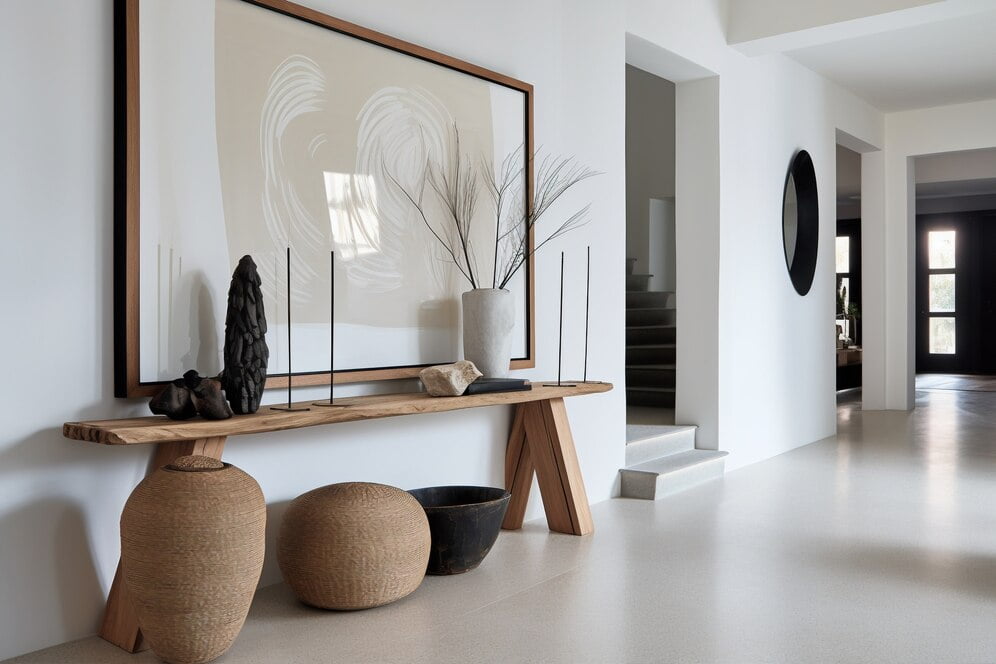
Example of Harmony in Interior Design
Let’s look at an example.
Imagine a modern kitchen with sleek, white cabinetry and countertops paired with stainless steel appliances. The flooring is a warm, natural wood that makes the space feel inviting. Against one wall, there’s a row of glass-fronted cabinets displaying neatly arranged dishes and glasses, giving a fancy touch.
The kitchen island is where everyone gathers—it’s both a workspace and a social spot. The granite countertop stands out against the white surfaces, and soft pendant lights above create a warm, gentle light.
For decoration, a few pots of herbs and small succulents bring a bit of nature inside, making the room feel fresh and lively. A colorful, abstract painting on one wall adds a focal point and some personality to a neutral color palette and modern minimalist decor.
The kitchen has a nice mix of textures, colors, and materials that all work well together. The simple, clean design brings a sense of peace and organization, while the carefully chosen decor adds warmth and charm. In this example of harmony in interior design, a careful balance of contrasting elements is achieved.
Also Read: Modern Design Trends
Final Words
Now we know that harmony is the conductor that brings together different elements to create a masterpiece of visual delight and emotional resonance. By understanding the principles of harmony in interior design – from achieving visual equilibrium to fostering unity and contrast – you can achieve a balanced and stunning interior.
Reference: Architectural Digest
